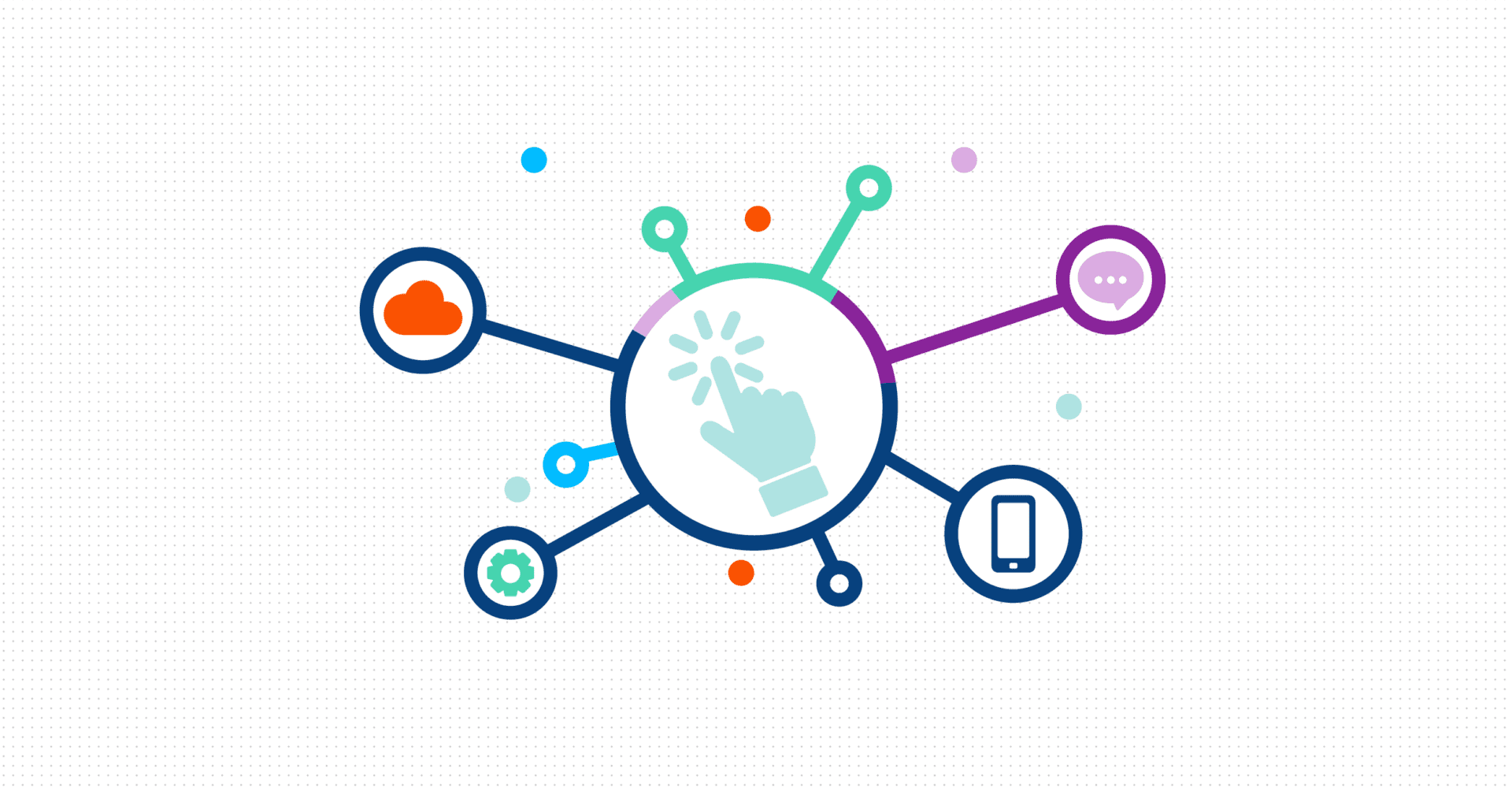
Whether your assessments are already digital or a mix of digital and paper based, the effective digitisation of your assessments involves careful consideration of your institutional objectives to ensure stakeholder alignment, the right capabilities from a digital assessment ecosystem and implementation at the right speed.
Ultimately, this is about digital enablement and putting pedagogy before digital technology. The technology you choose should enable you to assess relevant to your context and provide you with room to innovate.
How Does Continued Digitisation Fit With Your Assessment Strategy?

If you have already digitized assessments, then you need to consider whether what you have gives you the flexibility to innovate and adapt as assessments become more authentic. For example, a closed book exam that has been turned into an open book coursework may no longer be the right option. That decision may have been driven by the technology available at the time. The ability to have a secure environment, remotely, presents several options. Firstly, you can turn this back into an exam if that is the right method of assessment. Alternatively, you can make the coursework more authentic by implementing a greater range of question types, the addition of multimedia and resources, or part of a series of tasks grouped together in an assessment path.
If you are moving from paper to digital assessment, there are two potential routes to digitisation, you can either:
- Digitize what you have now
- Amend any and all of your digital and online assessment strategies and assessment instruments to account for digitisation.
If you choose the former, you won’t need to change your strategy and your assessments will remain familiar to your stakeholders. However, this option is likely to result in more system requirements, training and support.
On the other hand, although amending your strategy for digitisation may require more time and effort, you’re likely to see additional benefits. Perhaps most significantly, you will be able to harmonize assessment instruments across the institution and increase efficiency. Plus, you’re likely to see quicker adoption because you can streamline training and support.
What Do You Hope to Achieve With Continued Digitisation?

Once you’ve decided on the best route for your institution, it’s time to consider the benefits you’d like to see from a dedicated assessment ecosystem. Some examples include:
- Reducing the cost and administration associated with printing, delivery and collecting paper exams
- Providing a more user-friendly candidate experience
- Being able to create digital assessments with question types that cater for all disciplines
- Speeding up the marking process
- Creating a more standardized assessment process across your institution
- Ensuring a balance between security and privacy for candidates
- Reducing the institution’s carbon footprint
- Adding digital resilience to your digital and online assessment process
- Making assessment more accessible for all students
- Delivering authentic assessments that better reflect the tasks that students will be required to complete in the workplace.
What Should be Digitized?

While considering the benefits of online exams and digital assessment, it’s important to consider a realistic scope for your ecosystem. Although your end goal may be to digitize all of your assessments, you may find that some assessments can’t be digitized immediately or shouldn’t be because the inherent assessment should be redesigned.
It’s also likely that there will be staff who don’t want to move to digital assessment because they are accustomed to paper assessments or recent changes to digital. It’s therefore important to think about how you make changes and what should be exempt or part of a second phase of continued digitisation because of significant impracticality or technical impossibility.
To help you make the distinction between what should be digitized and what shouldn’t – or perhaps shouldn’t immediately – be digitized, you could consider the following:
- For already digital assessments: Have they been digitized based on the requirements of the educator and candidate, or have they been made to fit limited technologies available?
- For paper based assessments: Could and should they be replicated digitally without amendment, or do digital capabilities allow for innovation and enhancement?
- For all assessments: Given flexible assessment with integrity, what are the new possibilities available to educators to assess?
To help you with these critical questions, we have a professional services team who can help with digitizing your paper-based assessments, enhancing existing digital assessments and innovating beyond your current assessments.



